India’s youngest generation faces rising loneliness despite digital connectivity. Explore causes, impacts, and solutions to rebuild community and belonging.
 Brajesh Mishra
Brajesh Mishra
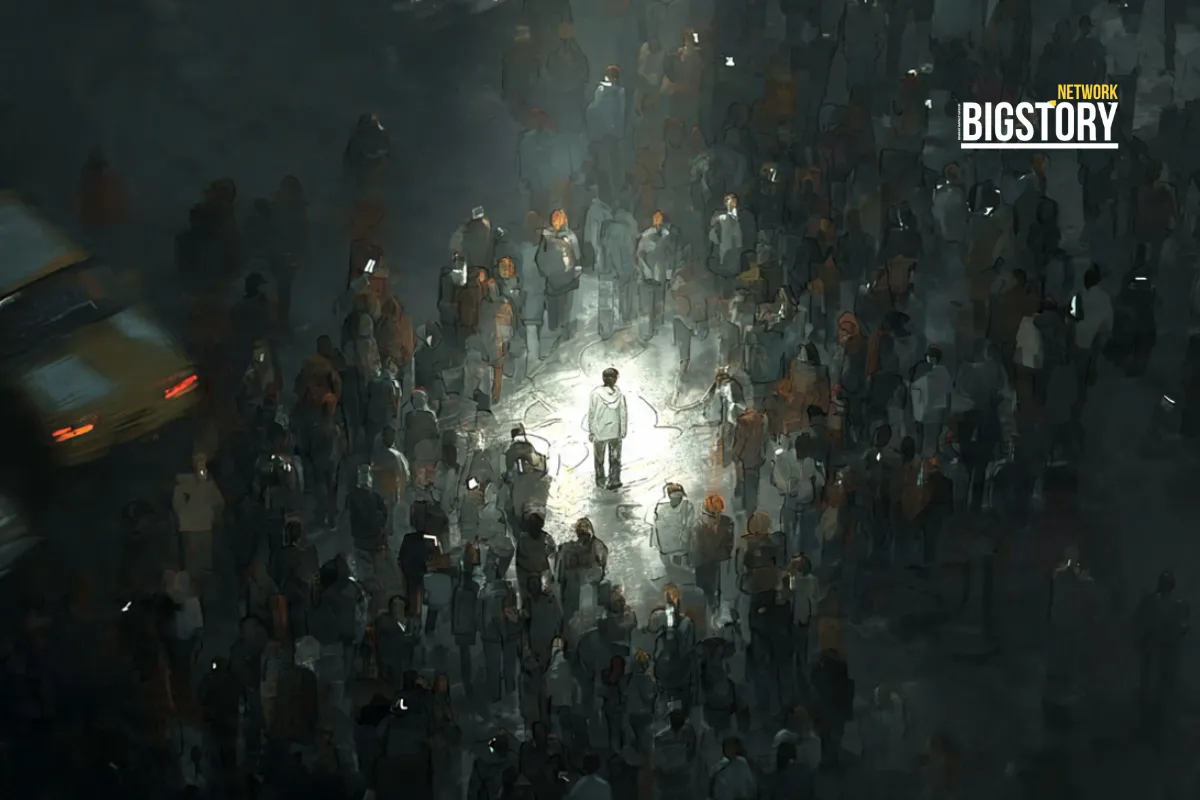
India has over 750 million internet users—one of the most digitally active populations in the world. Walk into any café in Bengaluru or Mumbai, and you'll see the paradox play out in real time: hundreds of people online, yet few truly connected. Behind the glow of screens lies a quieter epidemic that no algorithm can solve: emotional isolation.
Loneliness among India's youth hasn't emerged suddenly. It has risen gradually in urban areas, long before the pandemic made it impossible to ignore. During the pandemic, 40% of urban Indians reported feeling more isolated—despite being online constantly, according to Ipsos research.
The real question is: how did India's most connected generation become its loneliest?
Globally, the World Health Organization now classifies loneliness as a public health crisis comparable to smoking or obesity. The data supports that urgency—one in six people worldwide experiences chronic loneliness, with young adults reporting the highest rates of all.
India mirrors this crisis. Studies in Mumbai reveal that women are three times more likely than men to experience loneliness, often burdened by caregiving expectations and limited social mobility. Across major metros, one-person households are rising past 5%, signaling the steady erosion of social networks that once felt automatic.
For many young Indians, especially those living alone or working remotely, the world feels crowded but hollow.
Millions of young Indians live away from their hometowns, often in transient flats or paying guest accommodations where doors stay closed and lives run parallel. The traditional safety net of extended families has thinned dramatically, leaving many to navigate adulthood without emotional anchors or the informal support systems their parents took for granted.
India ranks among the world's heaviest smartphone users, with nearly five hours spent on screens daily. But constant digital presence has replaced conversation with consumption. Social media rewards performance, not presence—creating what psychologists call "performative intimacy." People share everything yet feel invisible. Likes accumulate, but connection doesn't.
This digital exhaustion is worsened by a cultural silence that makes loneliness unspeakable.
For generations, expressing loneliness in India has carried quiet shame. Many still equate emotional struggle with weakness, particularly men who face intense pressure to appear self-sufficient. Families avoid these conversations, workplaces dismiss them as personal issues, and even among friends, admitting isolation can feel like failure. Without a vocabulary or social permission to discuss it, loneliness festers in silence—and spreads.
The gig economy has redefined flexibility but eroded routine human contact. Delivery workers, freelancers, and solo entrepreneurs spend days in isolation—often without peers, mentors, or meaningful support structures. Over time, this unstructured solitude chips away at both motivation and mental resilience. The freedom to work anywhere becomes the burden of belonging nowhere.
Cities that once fostered community through necessity now prioritize security and convenience. Gated societies, high-rises, and vanishing public parks have reduced the everyday encounters that once sustained trust and familiarity. Neighbors become strangers by design. It's possible to live among thousands and still know no one.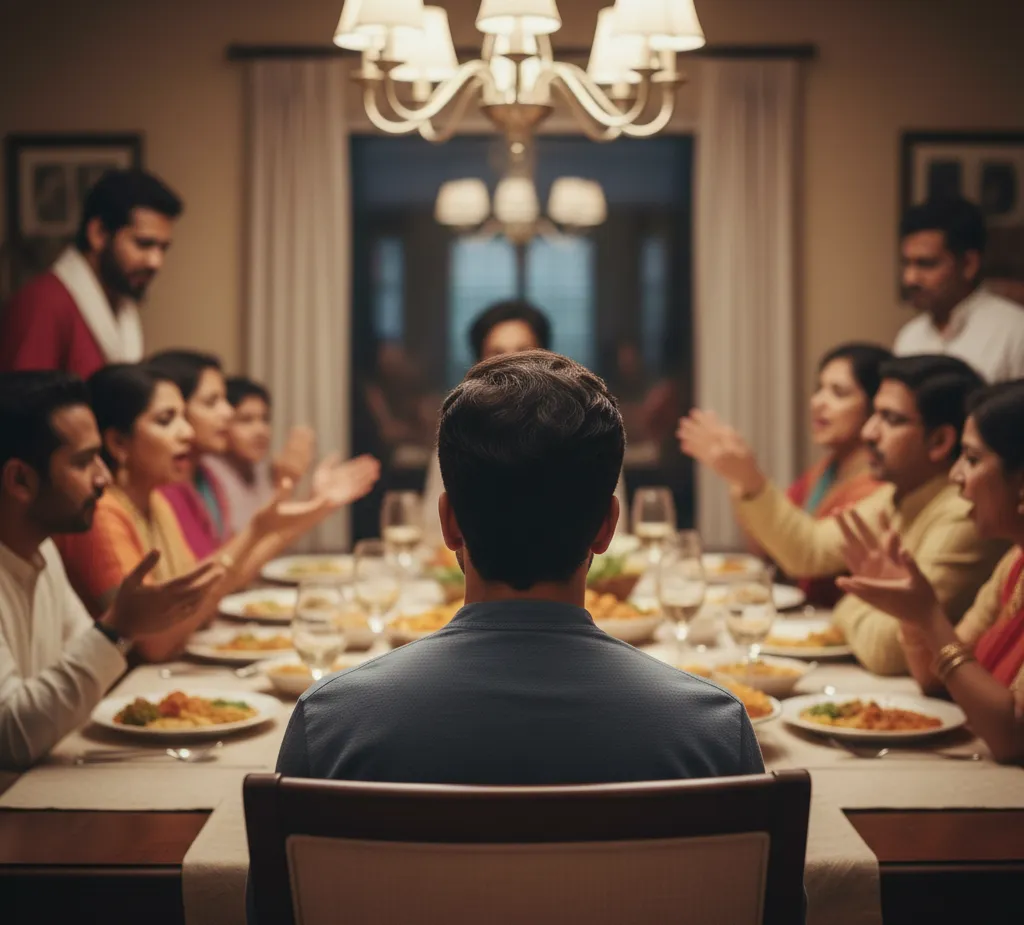
These forces don't operate in isolation—they compound. A young professional migrates for work, spends hours scrolling alone, lacks the language to name what's wrong, works without colleagues, and lives in a building designed to keep people apart. By the time loneliness sets in, it feels inevitable.
Loneliness doubles the risk of depression and increases anxiety disorders. Doctors now call it "the invisible comorbidity"—quietly intensifying stress, insomnia, and cardiovascular issues. But beyond individual health, it corrodes something deeper: social trust. When people stop talking, societies stop listening.
If left unaddressed, loneliness could quietly erode India's greatest advantage—its youth. With a median age of just 28, the country stands at the cusp of a demographic dividend that could define global leadership for decades. A generation that feels unseen or unsupported cannot innovate, collaborate, or sustain collective optimism—the true engines of progress.
The cost won't merely be psychological; it will reflect in productivity, civic trust, and national morale.
Yet across India, small experiments in belonging are already underway—and they offer a blueprint for what's possible.
Communities that invite interaction: Grassroots projects like Zerobari in Delhi turn empty plots into pocket parks, while Happy Streets in Pune closes roads monthly for play and art. These initiatives prove that belonging starts with proximity—simply being seen and spoken to. Urban spaces can be redesigned for accidental connection.
Institutions that normalize care: Universities now teach "Life Skills and Mental Health" modules, and companies like Infosys and Wipro track employee wellbeing alongside productivity. But the deeper change is cultural—training leaders, teachers, and peers to treat emotional wellbeing as collective responsibility, not private failure. When institutions model this, silence breaks.
Technology that slows you down: New platforms like Slowly and Monaru flip the script on engagement. They reward reflection, not reaction—delayed messages, shared gratitude journals, small private circles instead of viral feeds. Technology, reimagined this way, becomes a bridge rather than a buffer.
Emotional literacy as everyday practice: From mindfulness circles to peer-listening groups, young Indians are reclaiming the vocabulary of emotion. Therapists call it "social prescribing"—recommending connection itself as medicine. It's simple but radical: talk, share, and listen, like our grandparents once did without calling it therapy.
These solutions won't scale overnight, and they face real barriers—funding gaps, political indifference, and cultural resistance. But they prove that loneliness isn't inevitable. It's a design flaw we can fix.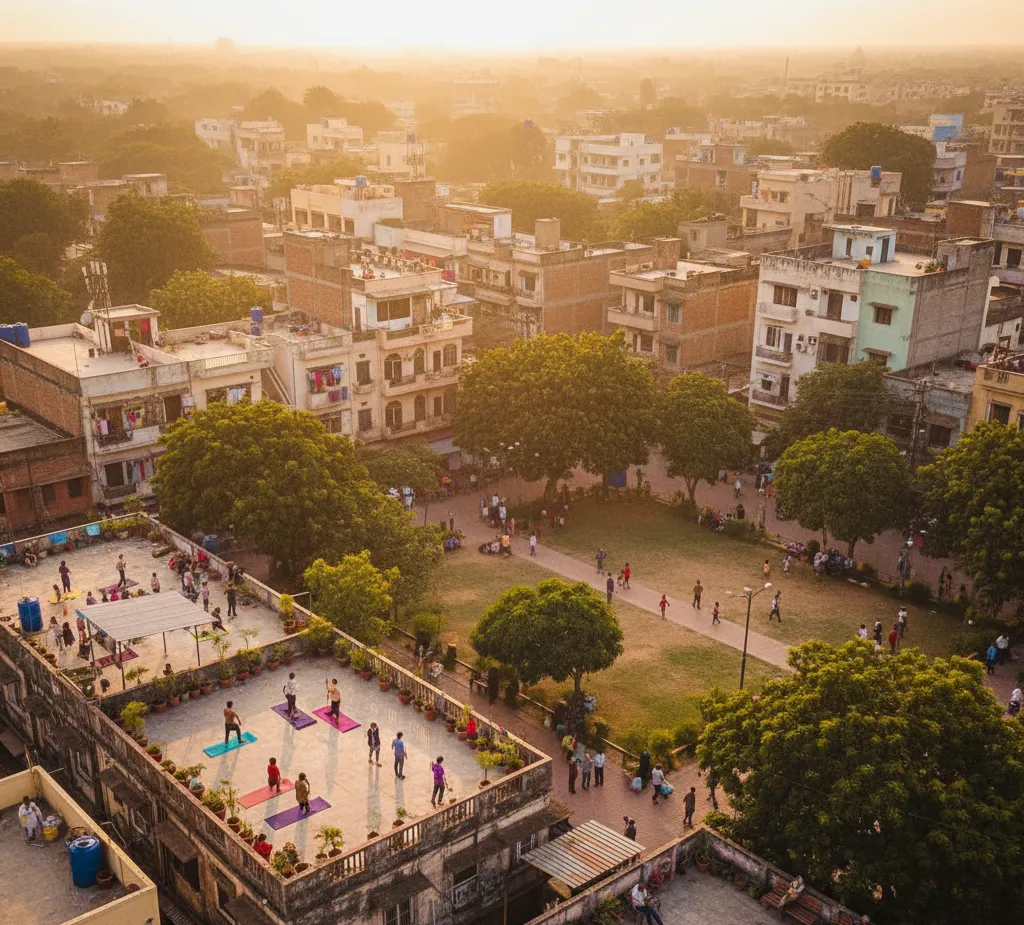
Psychologist Shekhar Seshadri calls loneliness "a social canary in the coal mine"—a warning that our environments have stopped listening. Architects, educators, and technologists now echo that idea: loneliness isn't weakness. It's what happens when systems fail people
By redesigning our cities, workplaces, and technologies around belonging, India can ensure its young population doesn't just grow—it thrives together. The choice before us is urgent: rebuild our emotional architecture now, or watch a generation slip into silent isolation.
Because the cure for loneliness isn't more communication. It's more community—designed for, built around, and impossible to ignore.
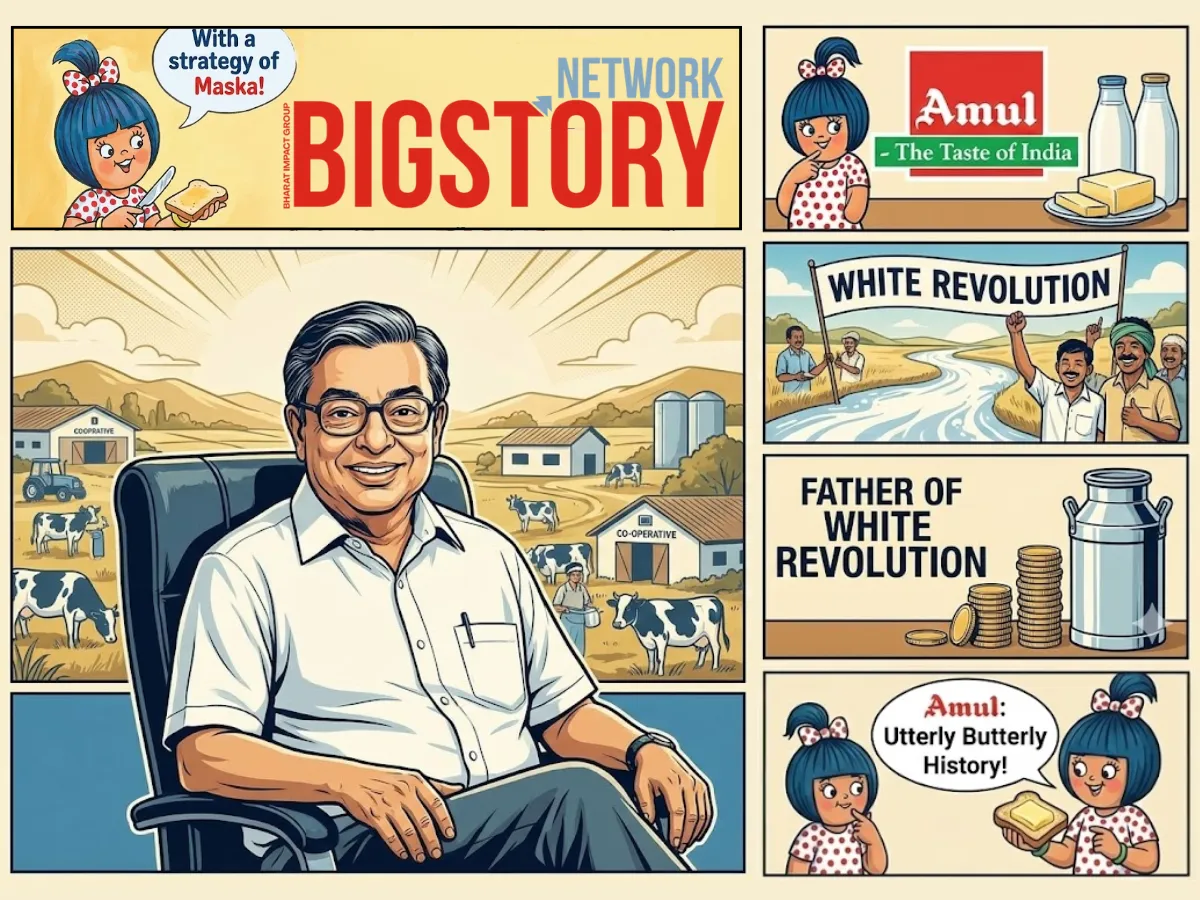

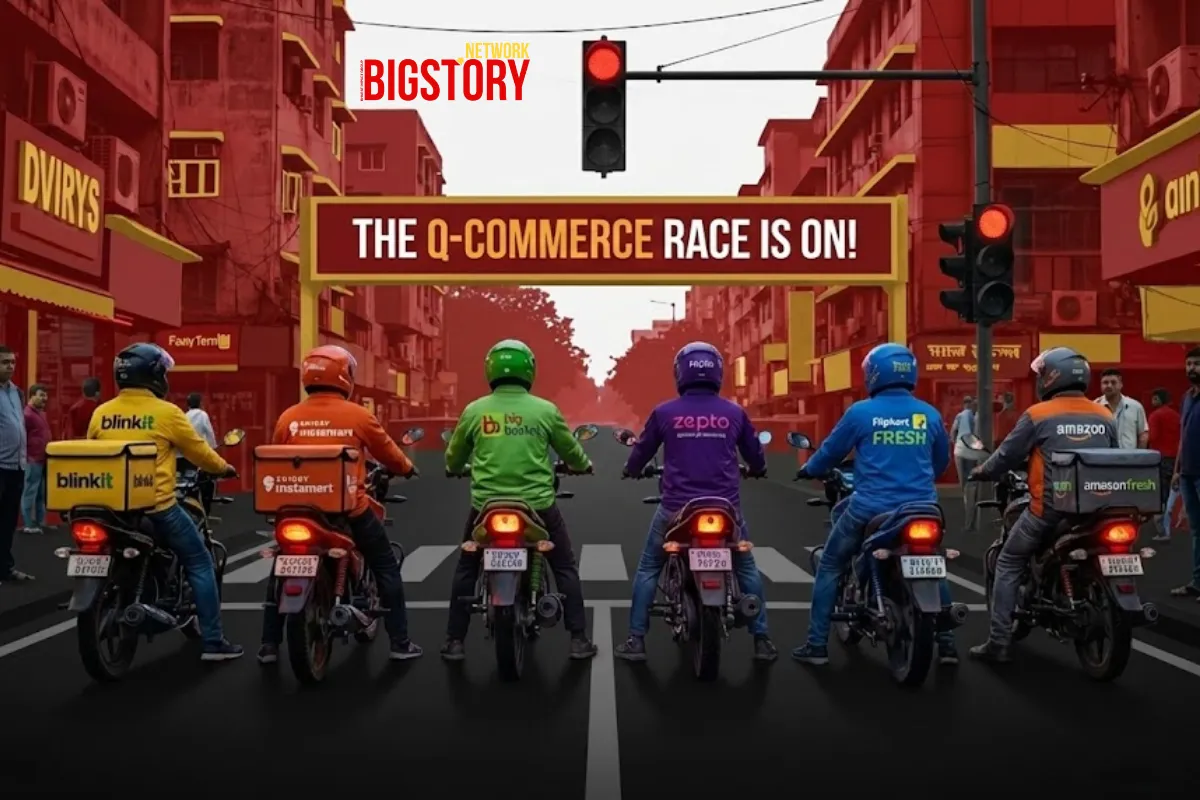


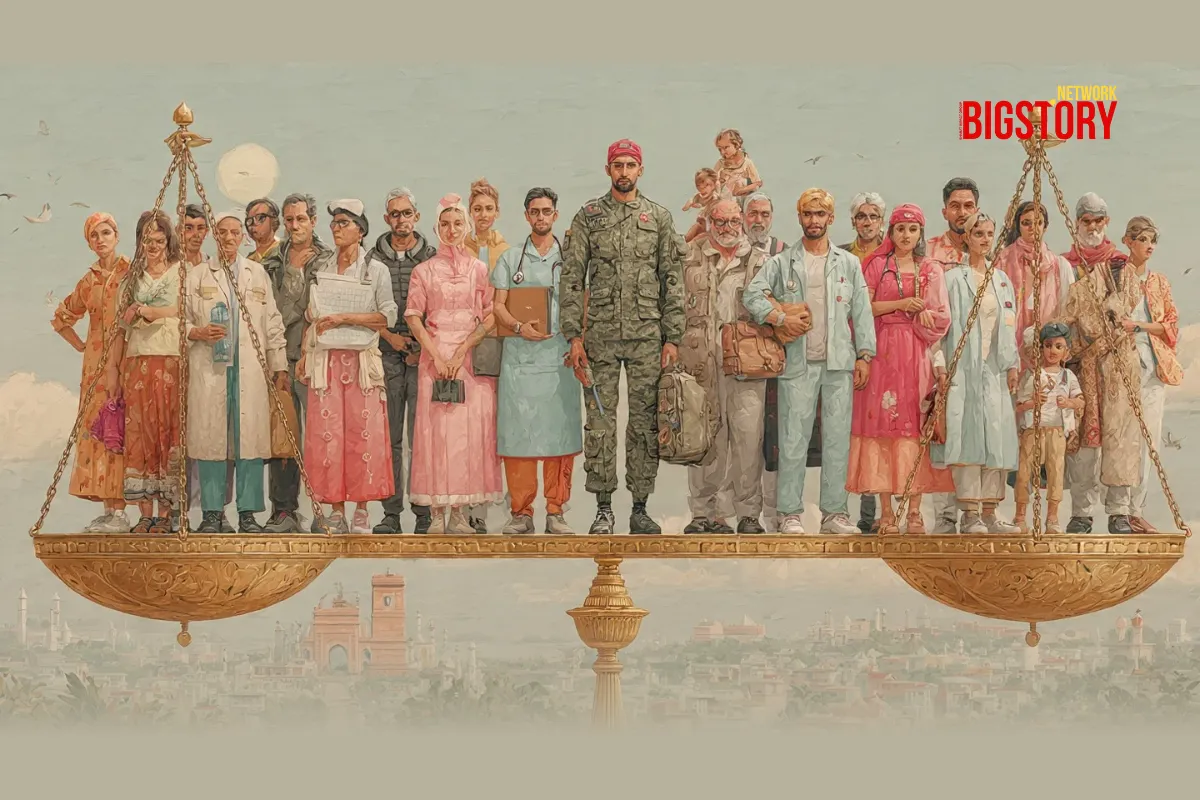
Sign up for the Daily newsletter to get your biggest stories, handpicked for you each day.
 Trending Now! in last 24hrs
Trending Now! in last 24hrs